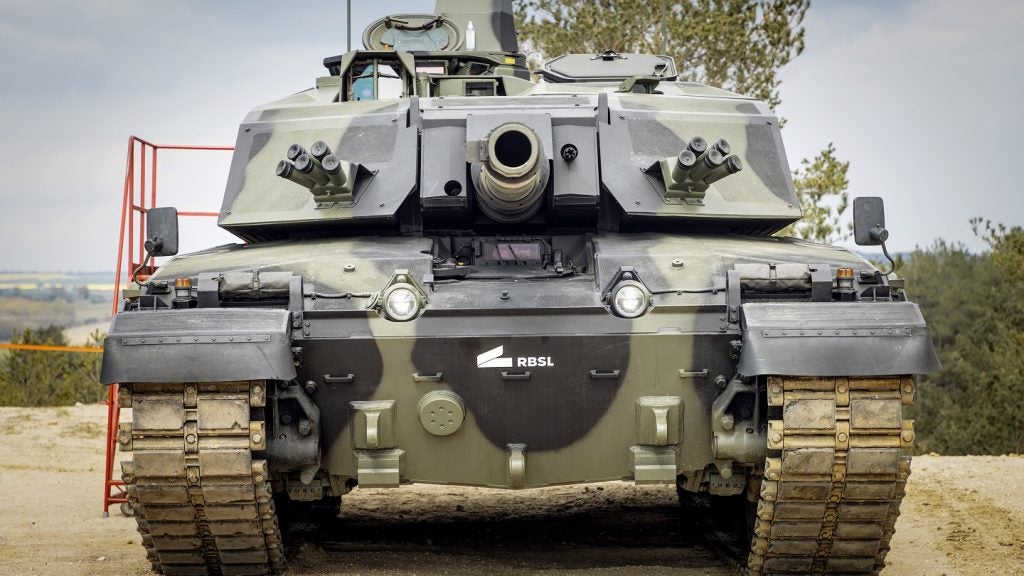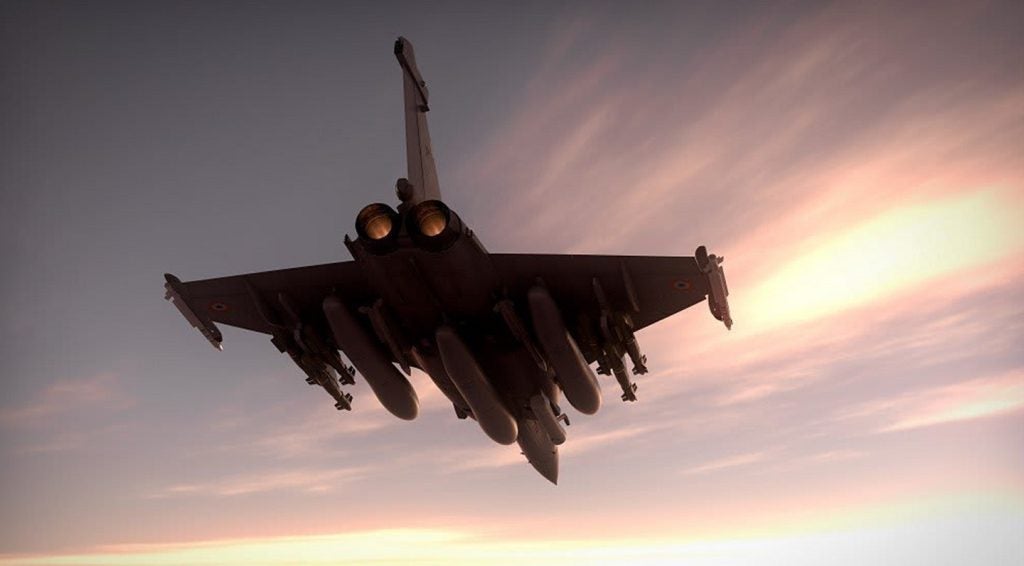

In late 2015, the UK Government began making mention of a new British-designed aircraft that would “fly at the very edge of the earth’s atmosphere and allow us to observe our adversaries for weeks on end, providing critical intelligence for our forces”.
This statement, which formed part of the prime minister’s statement on the 2015 Strategic Defence and Security Review, was fleshed out in the actual review as being a “high altitude long endurance surveillance and relay remotely piloted aircraft system (RPAS)” that would form part of a wider investment in modern intelligence collection capabilities, to also include an extension of the Shadow and Rivet Joint, E-3D Sentry and Sentinel aircraft, the acquisition of the Boeing P-8 maritime patrol aircraft and the Protector unmanned aerial vehicles (UAVs).
By February 2016 the Ministry of Defence (MoD) had formalised its plans, placing an order with Airbus Defence and Space for two solar-powered Zephyr-S high-altitude pseudo-satellite (HAPS) aircraft. The £13m contract was extended in August with the order of an additional aircraft.
Zephyr: high-altitude pseudo-satellite
The Zephyr UAS has been around for some time. Its development began with QinetiQ back in the early 2000s under a UK-US joint capability technology demonstration programme. The system was designed for ultra-long endurance from the outset, and by 2008 had begun setting unofficial world endurance records – flying at 60,000ft above the Sonoran Desert for more than 82 hours.
Following the system’s sale to Airbus in 2013, development milestones have included the prototype vehicle (Zephyr 7) flying for over two weeks continuously – eight times longer than any other UAS. It is also the only solar-powered UAS to have flown at the stratospheric altitudes required to allow continuous operation.
How well do you really know your competitors?
Access the most comprehensive Company Profiles on the market, powered by GlobalData. Save hours of research. Gain competitive edge.

Thank you!
Your download email will arrive shortly
Not ready to buy yet? Download a free sample
We are confident about the unique quality of our Company Profiles. However, we want you to make the most beneficial decision for your business, so we offer a free sample that you can download by submitting the below form
By GlobalDataZephyr 8, the product name for the capability procured by the MoD (also known as Zephry-S) is known as a pseudo-satellite, because it endures like a satellite giving extreme persistence on-station, it can be relocated like an aircraft, and it is cheaper than both to operate.
Its capabilities include military, security and civil applications, providing real-time images and video in all weather conditions. It runs exclusively on solar power, day and night, and has the autonomous capabilities to allow it to be flown beyond line-of-sight using a low mass, low power satellite communications system. At an altitude of 20km the aircraft has a visual range of over 400km, offering a data collection and high bandwidth communications relay capacity to areas in excess of 1,000km2.
Assessing capability
The first Zephyr-S will be ready for flight trials this year. The three aircraft, which Airbus is building at Farnborough in the UK, will form part of an operational concept demonstrator (OCD) to assess the system’s capabilities and explore its potential for use by the UK armed forces and other government departments. The additional Zephyr-S will allow two airframes to be tested simultaneously and demonstrate operational handover to show that the capability could be sustained indefinitely.
The OCD trials will help inform the MoD’s decisions around how best to provide next-generation battlefield intelligence to UK forces, and will also put the airframe’s capabilities to the test.
At this point, the airframe is being touted as being capable of flying up to 70,000ft for up to 45 days at a time. With a wingspan of 25m, its solar array collects 40% more sunlight and the aircraft can carry 50% more batteries than earlier prototypes.
Its development is providing interesting opportunities for UK industry to get in on the action.
Ground-breaking technology
One of the key technologies is being developed by UK company OXIS Energy, which is working on energy cells capable of meeting the specific energy target of 425Wh/kg – which is what will enable the Zephyr aircraft to fly above any weather in the troposphere and remain aloft for three months without needing to land.
“The aircraft is extremely light and the largest mass by far is the battery,” says Tom Cleaver, R&D programme manager at OXIS. “By increasing the specific energy of the cells to 425Wh/kg, the battery can be made lighter which will allow it to fly higher and therefore cover more of the globe.
“The aircraft operation is actually very simple – it has solar panels on the wings that both charge the batteries and power the motors during the day and the batteries provide all of the power during the night.”
These cells are lithium sulphur (Li-S), an innovative battery chemistry that has a theoretical energy density five times greater than lithium-ion, with lighter weight and longer life-cycle characteristics. OXIS is carrying out extensive materials research, production process development and cell performance characterisation in order to improve the specific energy of the Li-S cells and hit the cycle life targets that Airbus has set. This will be done in an iterative manner in order to integrate the improvements the company will be making to each element.
Increasing energy density further is one of the greatest challenges for a programme such as Zephyr, and requires the reduction of the dead mass of the cell – such as current collectors, pouch materials or tabs – to the absolute minimum and increasing the amount of active materials and the utilisation of them.
“You could try to equate it to vehicle development. People want to be able to drive fast and have great fuel efficiency – this requires clever science and engineering as well as new materials to achieve,” Cleaver says. “[Since] the project started in November 2016 research work has commenced and is progressing, with the first built integrated cell having demonstrated 380Wh/kg against the 425Wh/kg target. We are now full speed on research and development, so we plan to make improvements to the cells. We have a target end date for the project of January 2019 but we are keen to beat this.”
Zephyr will bring the UK a unique and highly flexible intelligence, surveillance and reconnaissance capability. With its ability to launch and land like a hand-launched UAS and circle in the earth’s stratosphere at beyond line-of-sight ranges, it will be able to provide satellite-like earth observation and communication capabilities at a fraction of the cost of the traditional assets it will work alongside. If the programme goes to plan, the sky really is the limit.






